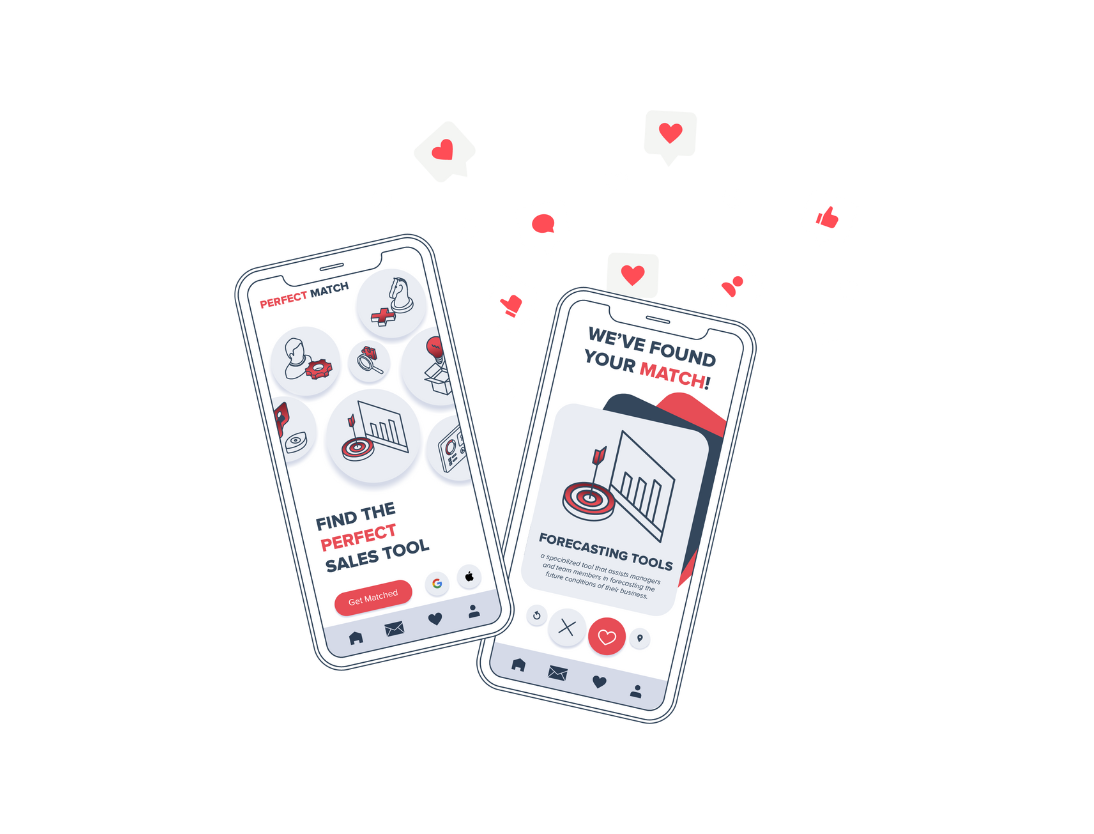44% of companies can’t prove that their marketing generates a return on investment (ROI). In this blog post, we share models that help you assess the successes and failings of your marketing efforts.
We can trace one of the earliest marketing examples to the first century when legendary Roman fish sauce seller Umbricius Scaurus commissioned mosaics of his products. After the mosaics were unveiled, I can imagine Scaurus asking his CMO, “these look pretty, but how many sales can we expect from these mosaics?”
Despite nearly two thousand years of marketing evolution, assessing marketing impact remains a challenge. It’s such a challenge that 44% of companies are unable to measure marketing ROI — according to the latest Gartner report on marketing data and analytics.
Fortunately, we now have something that ancient fish sauce sellers didn’t — attribution modelling that accurately measures the success of your marketing efforts. But to understand how these models track marketing impact, we must first unpack how attribution marketing works.
Marketing attribution shouldn’t be so difficult, should it?
For modern marketers, attributing which marketing efforts generate revenue is complicated by how many touchpoints are involved in the buyer’s journey. Here’s what a buyer’s journey might look like:
Chef Franco is considering imported ingredients to improve his recipes. He searches for imported ingredients on Google and finds the products he wants on the website pantry.com. But he’s not ready to buy. Instead, he spends the week exploring other food importers.
While researching, Franco sees that pantry.com is recommended by a website that he trusts. Later, he visits pantry.com and signs up for their newsletter. A few days later, Chef John receives an email from pantry.com, which he follows to make a purchase.
In this case, organic traffic, a referral website and email contributed to the sale. But which communication channel is the most valuable? And which customer engagements — known as touchpoints — had the greatest influence on Chef John’s decision to convert? Different marketing attribution models answer these questions by assigning credit to specific touchpoints and channels.
Marketing attribution models
As each marketing attribution model offers different insights into your marketing efforts, no one model is better than the other. However, some models might be better suited to your marketing goals and buyer journeys. These are some of the most effective marketing attribution models:
1. First-Touch Attribution — with first-touch attribution, all credit is given to the first channel or touchpoint that the customer engaged with.
2. Last-Touch Attribution — the opposite of first-touch attribution; all credit is given to the last touchpoint that a customer engaged with.
3. U-Shaped Attribution — also called position-based attribution, this model splits credit between the first and last touchpoints.
4. Multi-Touch Attribution — this approach accounts for every touchpoint and channel that a customer engaged with throughout the buyer’s journey. This model determines which channels and touchpoints were most impactful, along with how they worked together to convert customers.
5. Cross-Channel Attribution — while cross-channel attribution is similar to multi-touch attribution, this method assigns value to marketing channels without looking at touchpoints within those channels.
6. Linear Attribution — linear attribution gives equal credit to all channels and touchpoints that a customer engaged with throughout the buyer’s journey.
7. Time-Decay Attribution — all touchpoints are given credit but the touchpoints that happened closest to the time of conversion are given the most value.
8. W-Shaped Attribution — most credit is given to the first, last, and mid-funnel touchpoints.
What’s the best marketing attribution tool?
With so many channels and touchpoints, marketing attribution can be difficult without the right marketing tools and customer relationship management (CRM) system.
At Huble Digital, we’ve worked with the top tools available. From our experience, we’ve found that HubSpot CRM and Marketing Hub provide the most accurate and actionable marketing attribution. HubSpot’s features include:
-
Comprehensive marketing attribution by model
-
Fully customisable reporting
-
Automation tools for easy data capture
-
End-to-end views of the whole buyer’s journey
-
An intuitive design that makes HubSpot easy-to-learn
While we recommend HubSpot, there are many other excellent attribution tools on the market. There’s sure to be one that fits your business needs.
Measuring marketing impact is crucial for knowing which of your marketing strategies work. And by only going with what works, you’ll grow your marketing return on investment.













